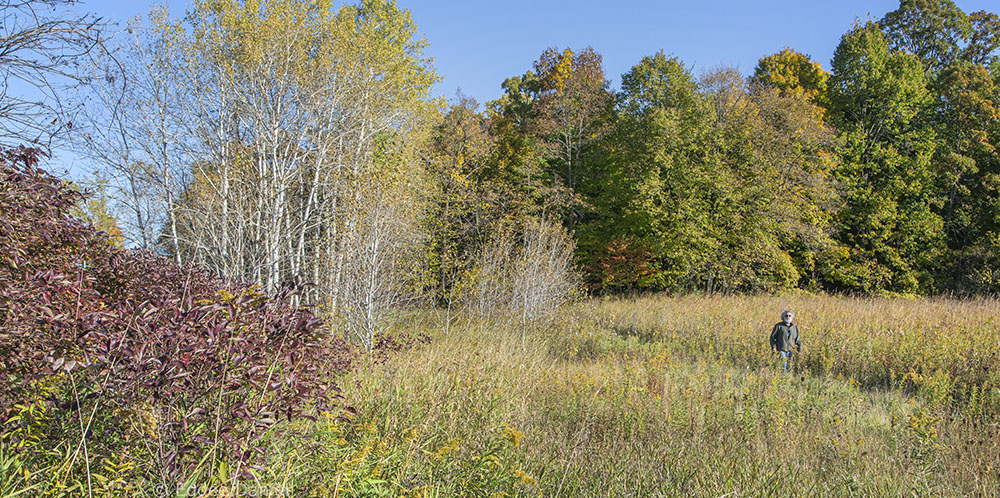
Berel Lutsky: Artist in Residence at Kratzsch Conservancy
December 14, 2021 | Topics: featured artist
The Natural Realm presents Berel Lutsky, who is among 17 artists participating in a year-long residency program called ARTservancy, a collaboration between Gallery 224 in Port Washington and the Ozaukee Washington Land Trust, River Revitalization Foundation, Milwaukee Area Land Conservancy, Tall Pines Conservancy, and the Western Great Lakes Bird and Bat Observatory. The mission of ARTservancy is to promote the visionary work of both the artists and conservationists. Each artist has selected a preserve to spend time in and to engage with.
Artist Statement by Berel Lutsky
Kratzsch Conservancy ARTServancy 2021
Visiting Kratzsch Conservancy as the seasons change has been a rich visual experience. I have photographed and drawn fall, winter, spring, and summer with interest and appreciation for the mostly unmanaged property, as well as the effects of management—burning the prairie areas, and careful replantings, both to restore prairie and in some places forest. The visual experience turned out to not be enough. Kratzsch is a mostly quiet place; it also became a place to listen. Wind in the trees, the river gurgling gently as you come near, the rustling of small critters in the tall grass, and the crows commenting on my walk through the property. As I became more curious about the crows and began to learn more about what they do and how they do it, the crows became a focal point for my work as this year’s Kratzsch resident.
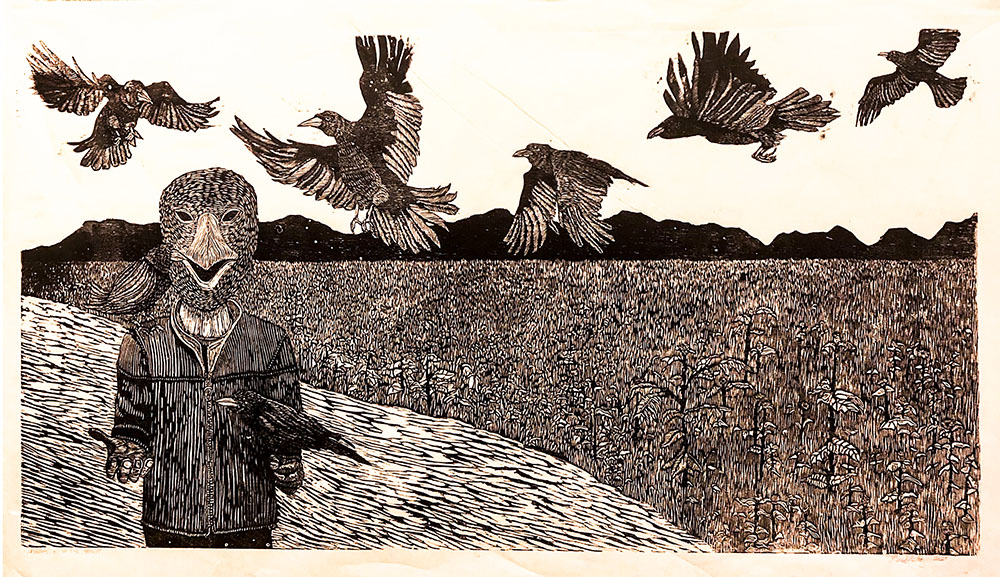
There are not a lot of crows at Kratzsch. There are some, but crows, according to the scholars who study them, are known to be social, roosting and feeding in large groups, and often maintaining “family ties” in the same area over several generations. Habitat-wise, the mixed-use nature of the Kratzsch Conservancy and the surrounding area should support a lot more crows than appear to be there. Further research reveals a possible reason for this, and some relevant lessons for us to consider in the time of COVID.
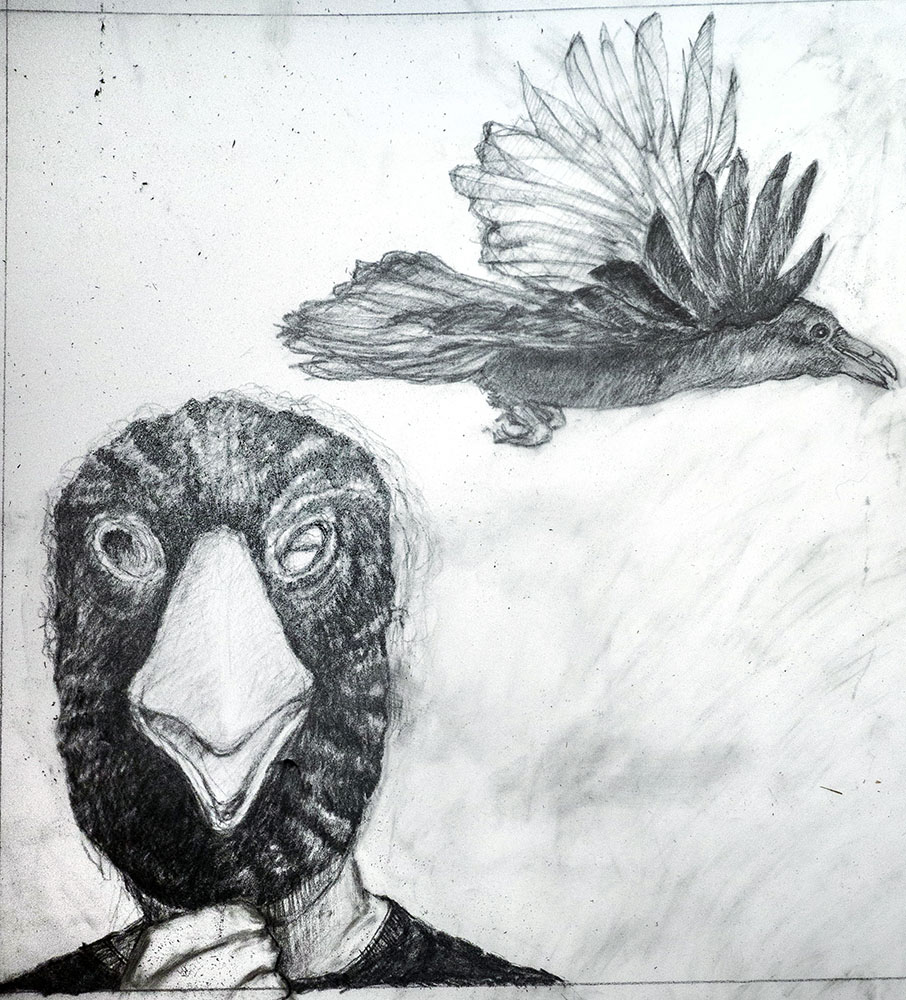
Since 1998 the crow world has been dealing with its own pandemic: The West Nile Virus, by most naturalist’s estimates, has effectively reduced the population of crows in the world by at least 40 percent from their pre-1998 numbers. The worst years for the crow population appear to have been 2005 – 2011. Researchers, depending upon region, have noticed a stabilization and some small increases in the crow population since then. What is especially urgent for us today is to recognize the relevance of a disease model in a pandemic affecting a population that could do nothing to mitigate its effects. While West Nile affects other birds and other species, including humans—and while it can make people and animals very sick and is occasionally fatal—West Nile Virus is 100 percent fatal to crows that become sick. Because of this the scientists studying West Nile Virus have been able to establish a reliable index of the disease’s presence in an area by counting the dead crows.
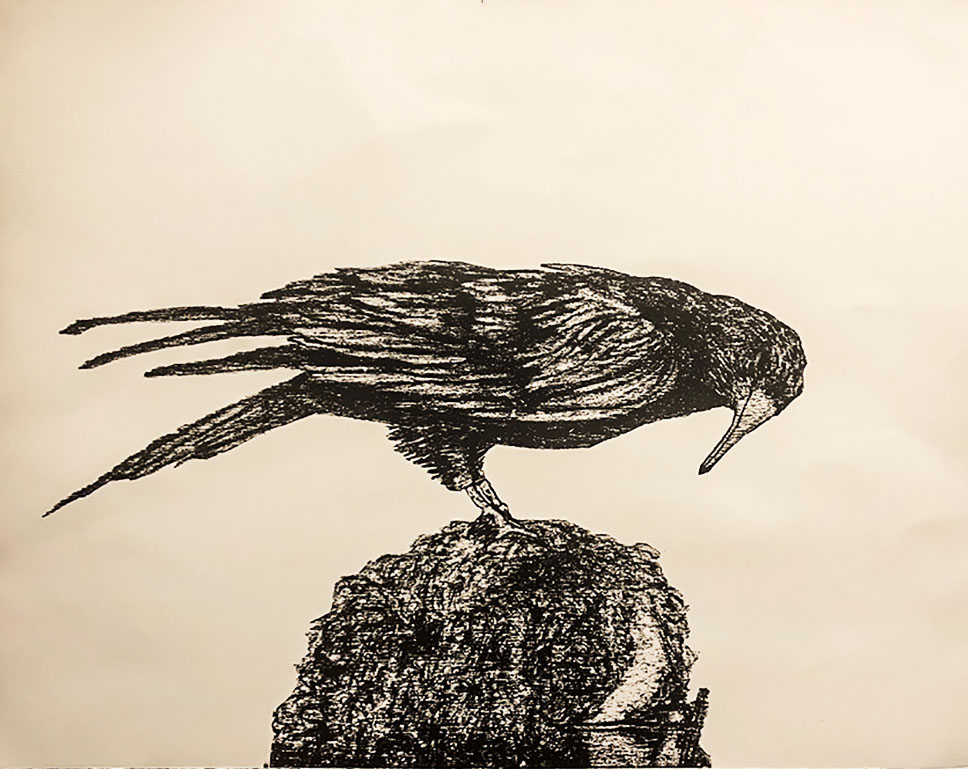
The crow’s social habits made it easier for the vector mosquitos to infect a large number of crows in a short period of time. The crows had no vaccine and isolation was opposite to their nature; they really could not do anything to save themselves. The relatively short life span of vector mosquitoes gives the crows a yearly respite from the virus. The natural course of viral mutation, as well as the survival and breeding of virus resistant crows seems to have put them on a path to surviving as a species: but at what cost? Beginning in 2011, the scientists who track the crow population estimate a .09 % per year population increase. It will take a long time to return to the number of crows alive in 1998. Twenty-three years later there are few crows at Kratzsch.
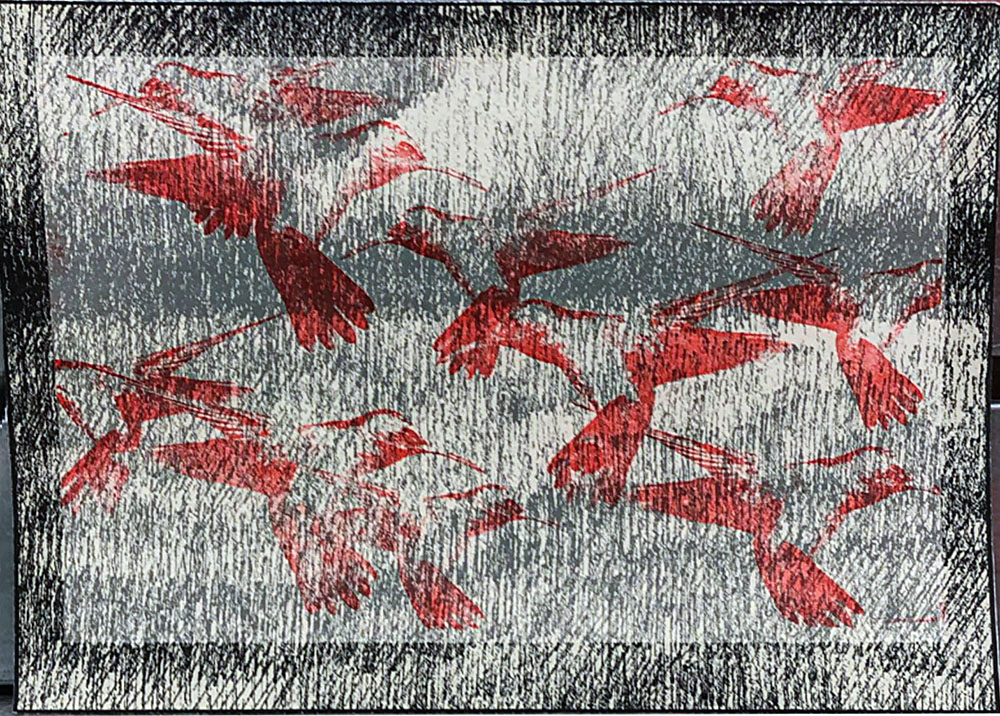
15 × 20 in, 2020.
The lesson from the crows of the West Nile virus is a harsh one. In a pandemic situation, we as a species have choices we can make that can facilitate our survival without the loss of 40 percent of the human population (in 2020 world population was 7,800,000,000; 40 percent morbidity would be 3,120,000,000 human beings). If we can choose to follow the science and recognize our responsibility for each other’s wellness—get vaccinated, adjust our habits and behaviors (wear masks, and avoid large crowds, etc)—we will not need to let nature to take its course, or be party to the deaths of 3.12 billion people.
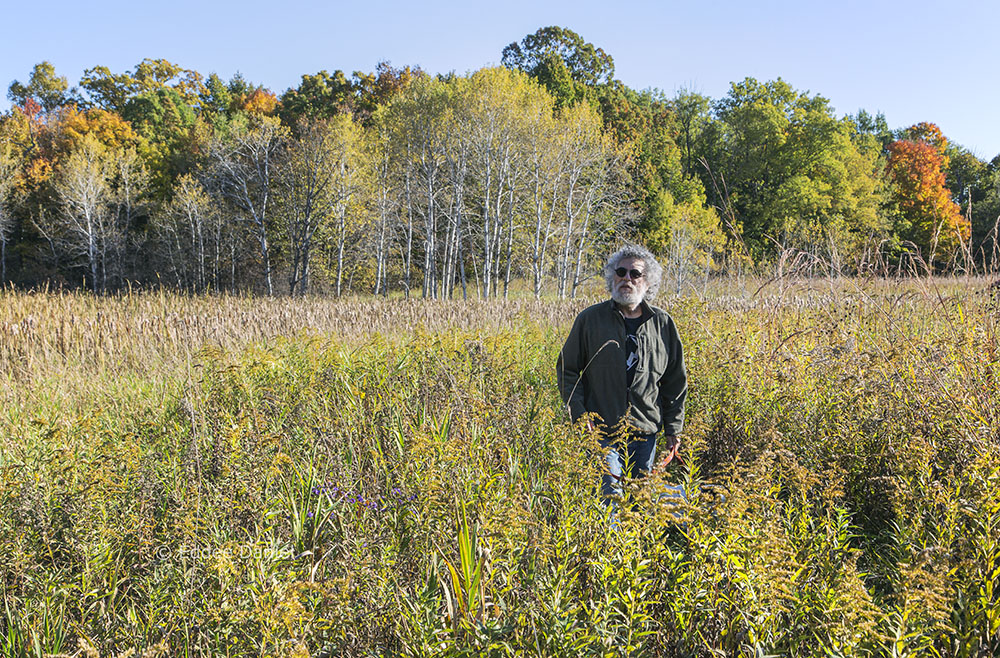
My work, for ARTservancy; prints, drawings and video is both an elegy for, and a celebration of the crow. The West Nile viral pandemic devastated the world population of crows and destroyed their families and communities. If we cannot (will not?) learn from their fate, then we will be responsible needless death and suffering.
Gallery

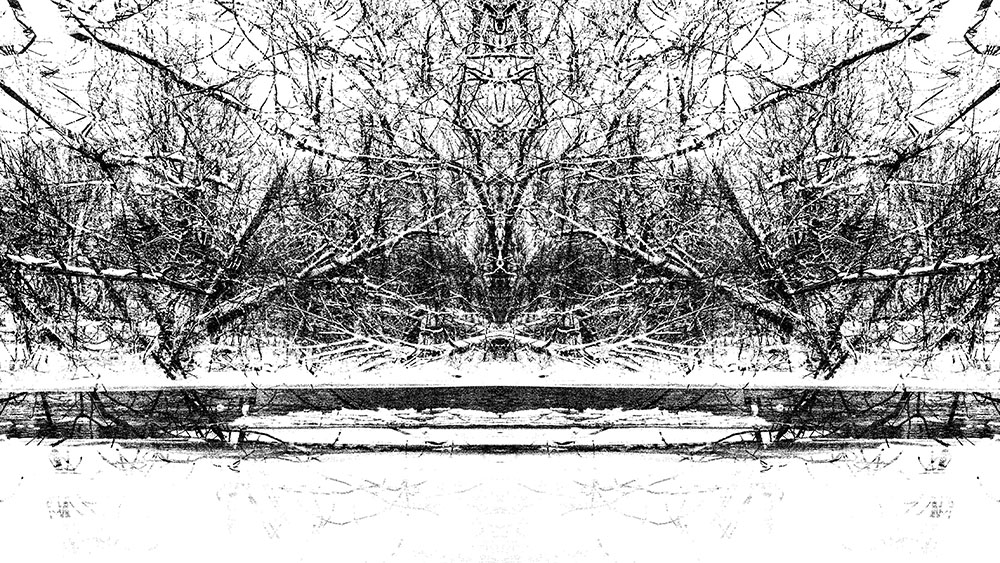
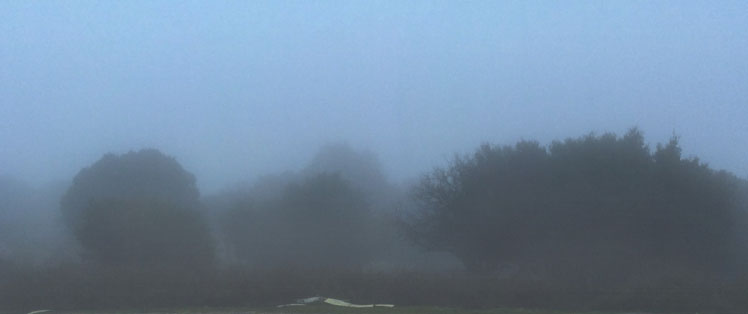




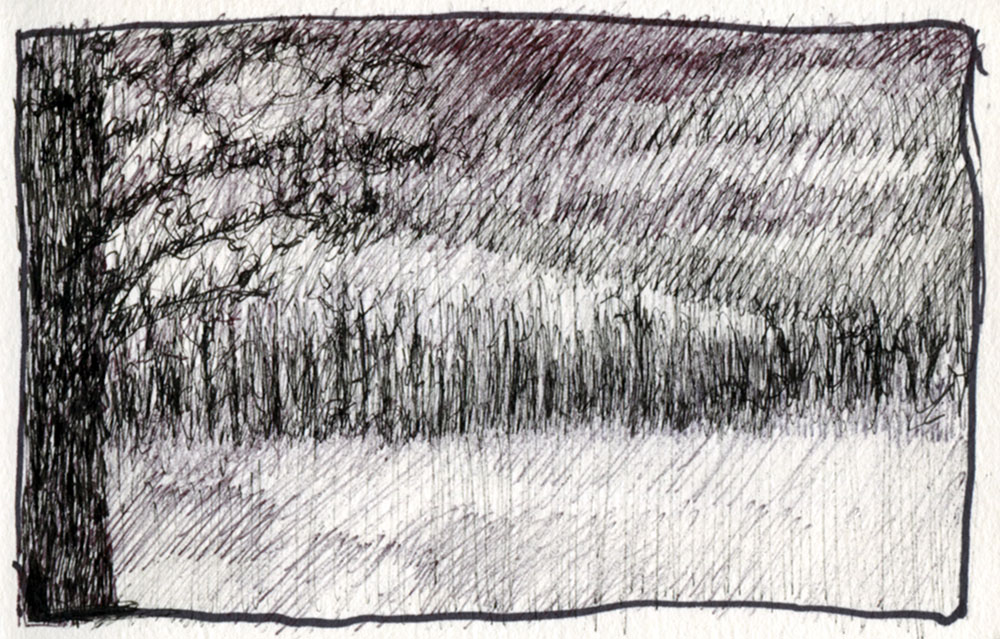
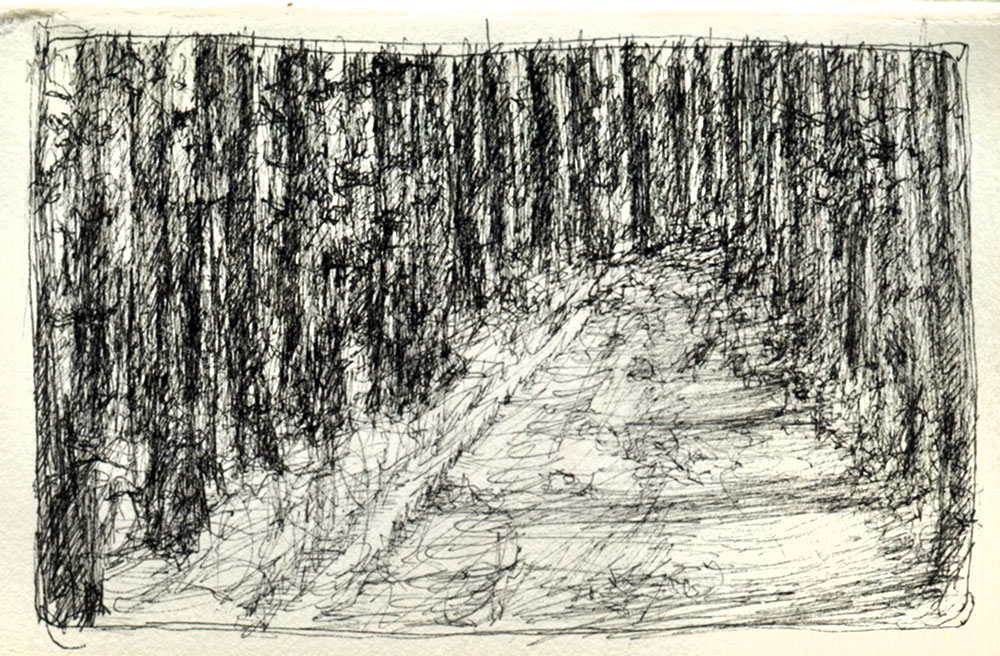
Bio
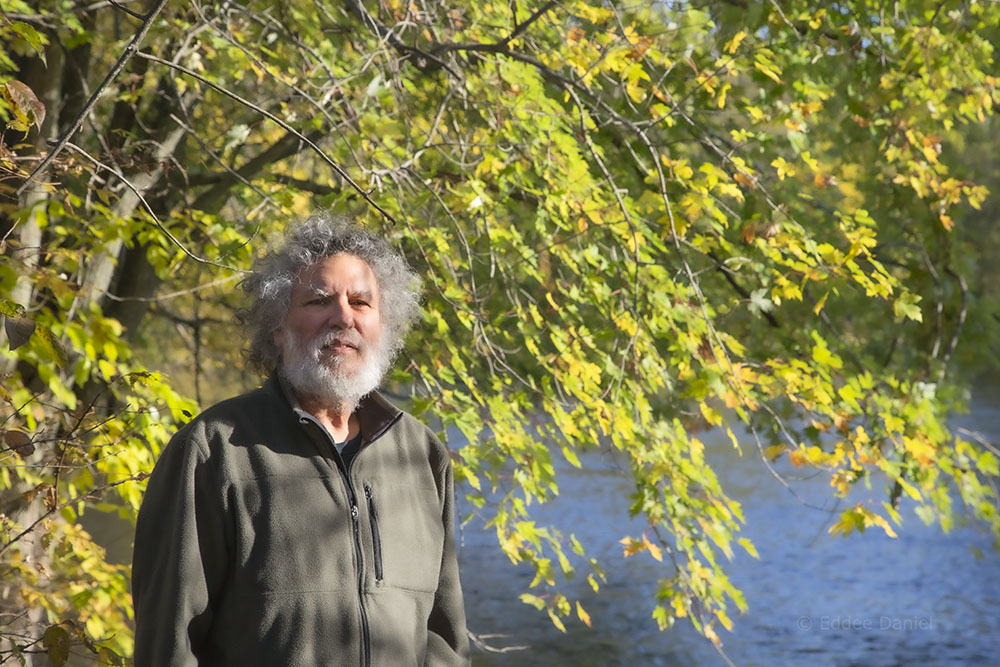
Berel Lutsky was born in Buffalo, NY and raised in Milwaukee, WI. He earned his BS in studio art with a concentration in printmaking from UW – Madison, and his MFA in studio art with a concentration in printmaking and drawing from UW – Milwaukee. He has taught at several of the former UW Colleges, Milwaukee Institute of Art and Design, Carroll University in Waukesha, and the Avni Institute in Israel. In addition to his formal education he has worked as a printer at the “Fishy Whale Press” in Milwaukee, WI, the Tel Aviv Artist’s House Printshop, and has presented workshops and done residencies at the Jerusalem Print Workshop. His work has been exhibited locally, regionally and nationally and is in public and private collections in Israel, Belgium, Japan and the US. He is currently a Professor of Art at UW‐Green Bay, Manitowoc Campus where he teaches drawing, design, photography, printmaking, and painting. Lutsky is one of the organizers of ReallyBIGPRINTS!!!, a semi annual street roller printing event, is a resident printmaker at Gallery 224 in Port Washington, and also a 2020-21 ARTservancy resident at the Kratzsch Conservancy. Examples of his work can be found here and here.
For more information about Kratzsch Conservancy go to our Find-a-Park page.
This residency is sponsored by Ozaukee Washington Land Trust.
This is the latest in our series of featured artists, which is intended to showcase the work of photographers, artists, writers and other creative individuals in our community whose subjects or themes relate in some broad sense to nature, urban nature, people in nature, etc. To see a list of previously featured artists, click here. The work of the 2019-2020 ARTservancy artists in residence is currently being exhibited monthly at Gallery 224. To meet the other ARTservancy artists in residence, click here.
All images courtesy of the artist, except as noted. The featured image at the top of Berely Lutsky at Kratzsch Conservancy is by Eddee Daniel. Ozaukee Washington Land Trust is a project partner of A Wealth of Nature.

